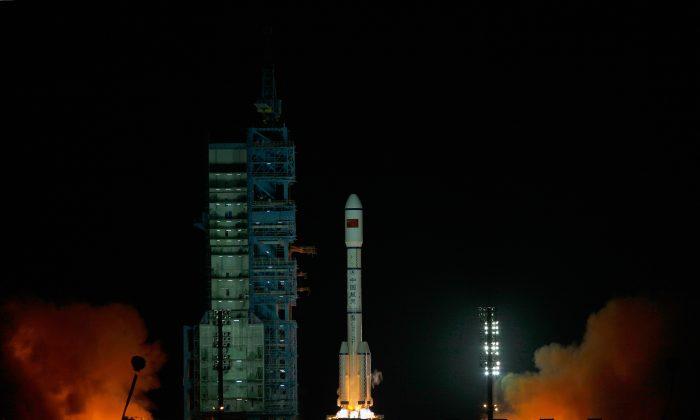A Chinese space station hurling toward Earth is set to enter the planet’s atmosphere soon.
According to the latest forecast from European Space Agency officials, the reentry window for Tiangong 1 has shrunk.
The area of reentry is still unclear, although the European Space Agency said it will not happen outside of 43ºN and 43ºS.
“Areas above or below these latitudes can be excluded. At no time will a precise time/location prediction from ESA be possible. This forecast was updated approximately weekly through to mid-March, and is now being updated every day,” the agency stated in a blog post.
The abandoned space station, which weighs eight tons, isn’t considered likely to pose any danger to people but there is an “extremely slim” chance a piece of debris hits someone, according to the corporation.
Most of the United States is in the predicted path of the debris, although the majority of debris that doesn’t get burned up will likely land in the ocean.
“If you see a really big fireball in the sky in the next couple of days, there’s a pretty good chance you just saw it enter,” Mac Low said.
The reason the predicted path is so difficult to pinpoint? One small measurement being off can change the prediction by a large distance.
Abraham said it’s still possible the station may not fall until later on April 2.





